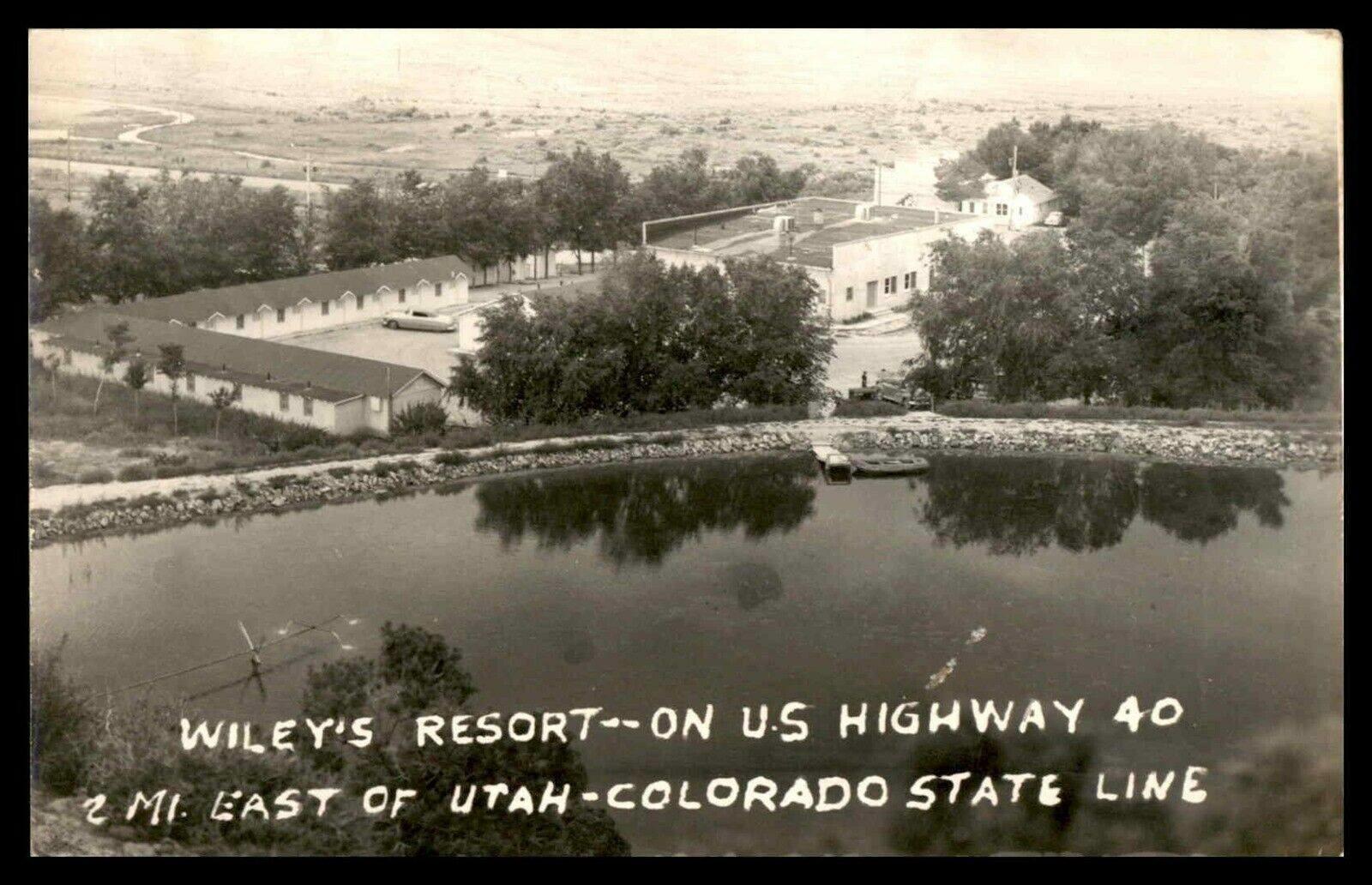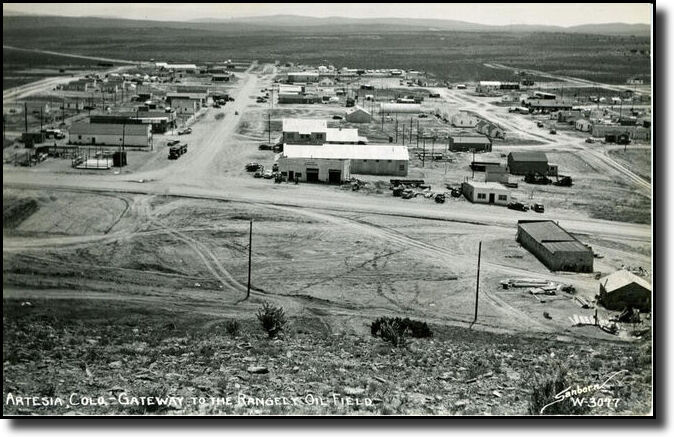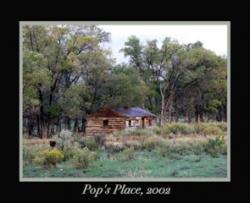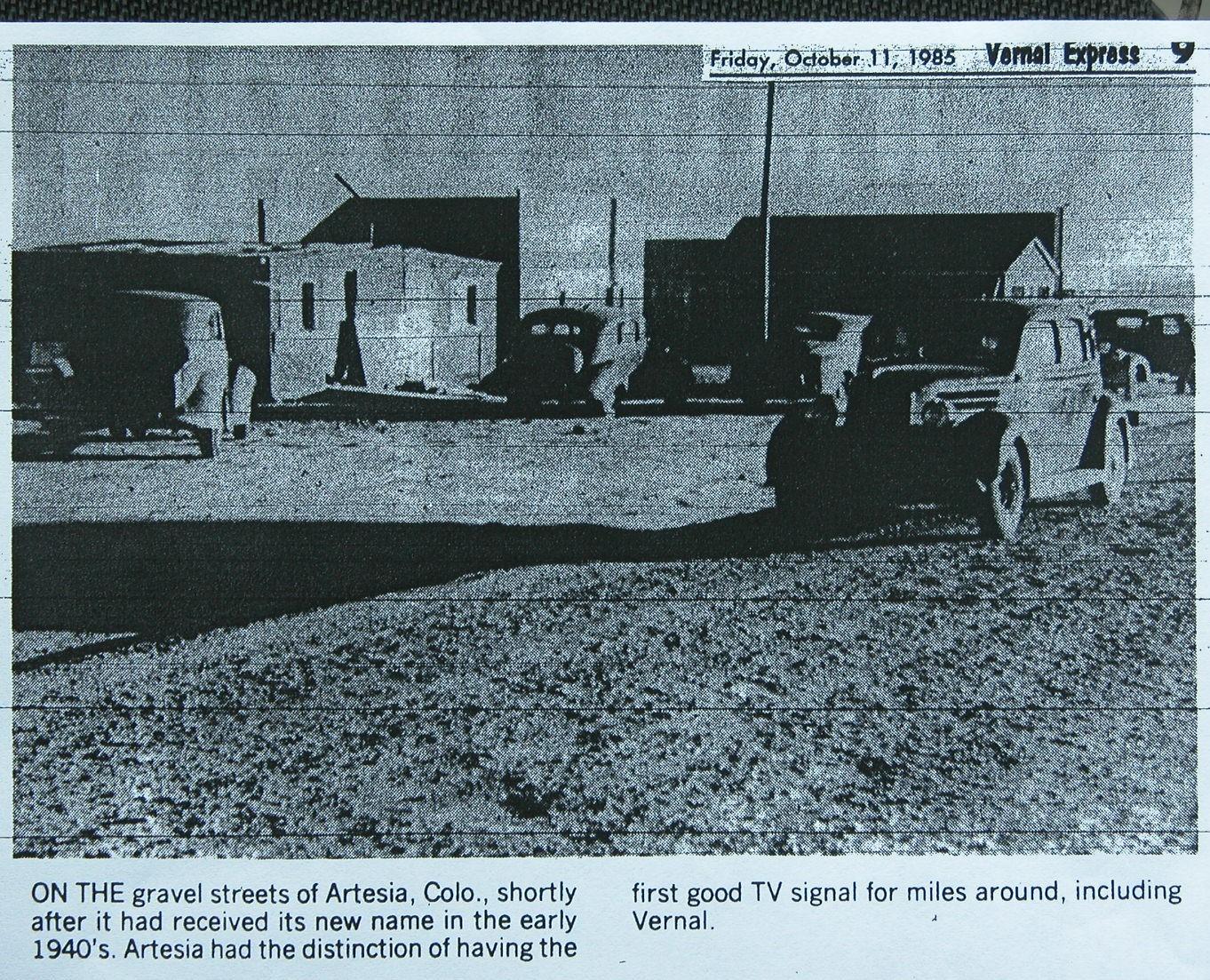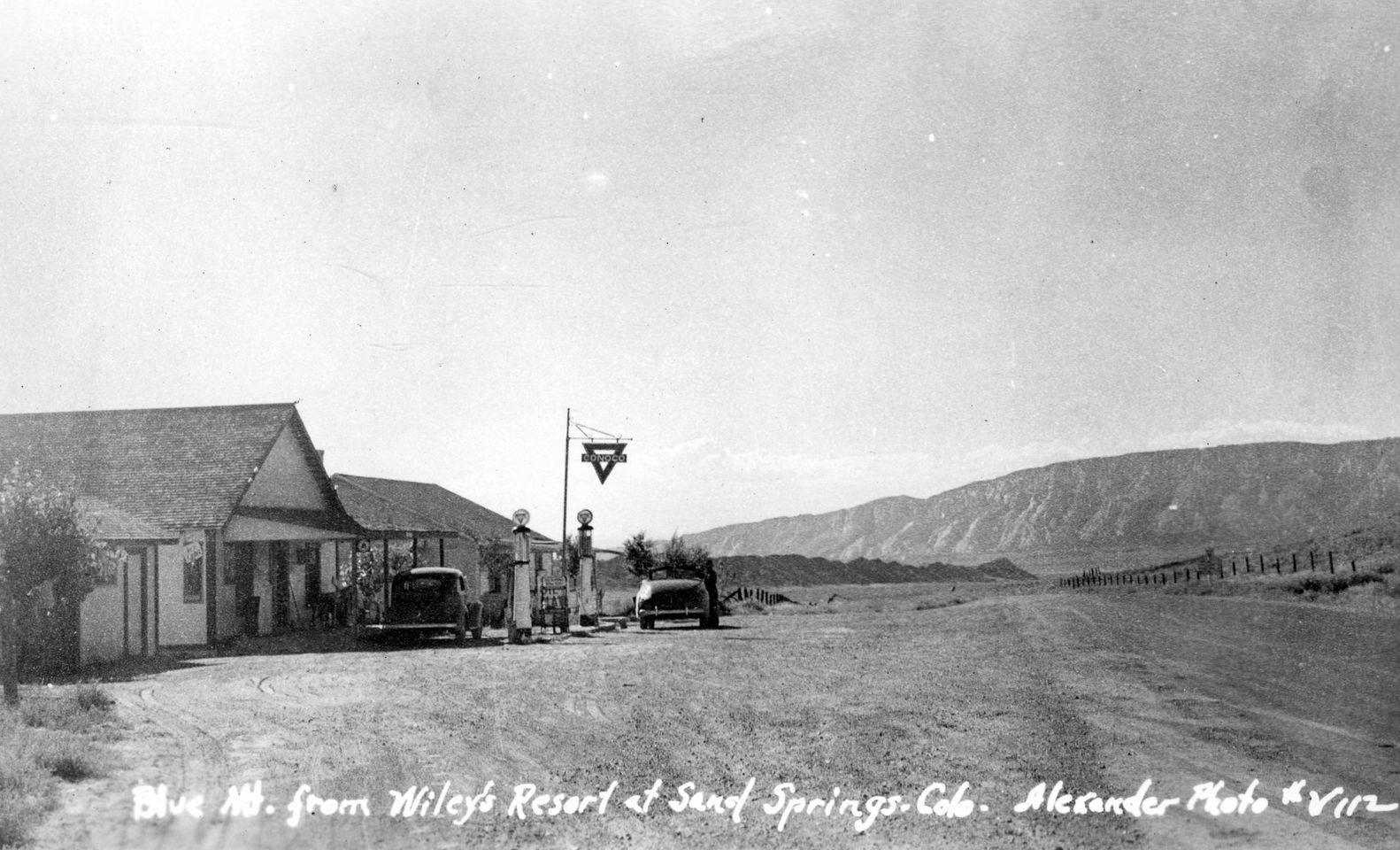Gallery
To fully understand the history of Dinosaur, Colorado you must first understand that the city limits of this place are not the limits of its history. Dinosaur is known today as “The Gateway to the Dinosaur National Monument” a quiet town still recovering from oil booms and busts and ranchers dealing with a many year draught. Before this, it was known as Artesia, Colorado, a bustling Bordertown full of Ranchers & Oil Men, that in 1933 even boasted a full-blown resort, beckoning people looking for a good time, from miles around. Before that, it was known as Baxter Flats the simple homestead of Art and Fanny Baxter who moved here from Rock Springs Wyoming to settle. Baxter Flats was a sleepy place but it was a hub for the many ranchers, cowboys and outlaws who lived nearby or were traveling through. Even before this, this place was home to the Fremont Indians and later the Ute Indians, as evidenced by the many pictographs and petroglyphs that were carved thousands of years ago on the sheer rock walls that surround the area.
In 1915 The Dinosaur National Monument was created by President Woodrow Wilson. It’s original boundary of an 80-acre tract, located in Jensen, Utah housed a newly exposed quarry of Dinosaur Bones. In 1938, because of the breathtaking, natural beauty of the canyons, the park was expanded to its current size of over 200,000 acres, over half of which is located in Moffat County Colorado. Many people came to visit the park and it was a popular destination for Oil field workers and their families. In an effort to capitalize on the parks ever increasing popularity, Artesia was officially renamed Dinosaur in 1966.

